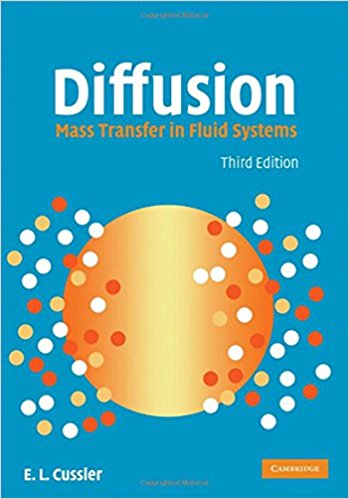

Calculate values in a fluid power system utilizing Pascal's law.Differentiate between the characteristics of pneumatic and hydraulic systems.Identify and explain basic components and functions of fluid power devices.Identify devices that utilize fluid power.Fluid power can improve our quality of life when engineers and researchers investigate how to use this technology to become more efficient, compact and cost effective.Īfter this lesson, students should be able to: This prepares them to conduct the associated hands-on activity, using the Portable Fluid Power Demonstrator (teacher-prepared kits) to learn more about the properties of gases and liquids in addition to how forces are transmitted and multiplied within these systems.Įngineers use fluid power to impact such areas as lowering fuel consumption in the transportation industries to improving patient care in the medical industries.

After a few simple teacher demos, they learn about the four components in all fluid power systems, watch two 26-minute online videos about fluid power, complete a crossword puzzle of fluid power terms, and conduct a task card exercise. Students learn background information about fluid power-both pneumatic and hydraulic systems-including everyday applications in our world (bulldozers, front-end loaders, excavators, chair height lever adjustors, door closer dampers, dental drills, vehicle brakes) and related natural laws. Both systems contain four basic components: reservoir/receiver, pump/compressor, valve, cylinder. Students learn about the fundamental concepts important to fluid power, which includes both pneumatic (gas) and hydraulic (liquid) systems.


 0 kommentar(er)
0 kommentar(er)
